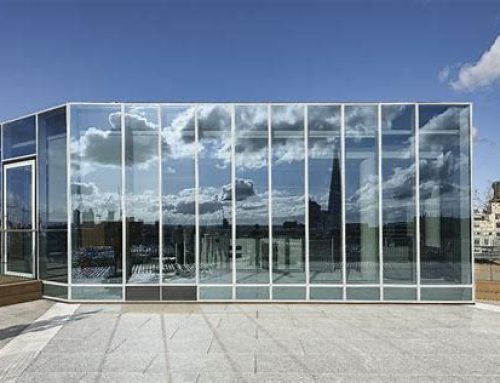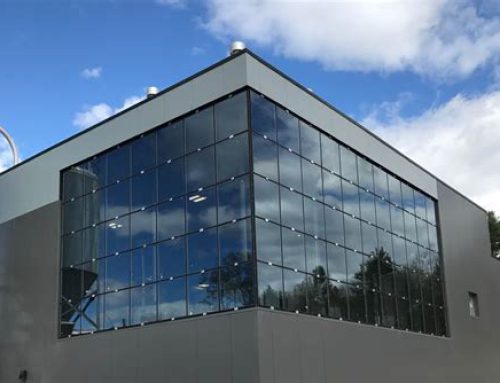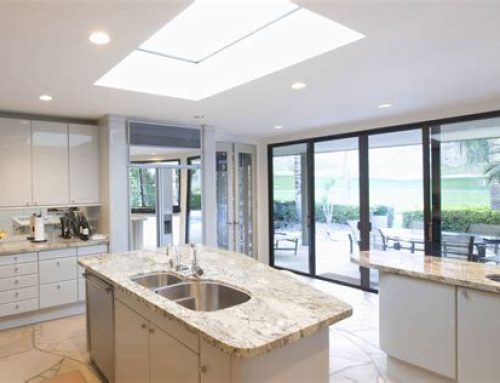Skylight manufacturers movable price

Introduction
Skylight manufacturers movable price ,Skylights, those portals to the sky that grace our ceilings, have become increasingly popular in modern architectural designs. Offering natural light, ventilation, and aesthetic appeal, they are sought after by homeowners and businesses alike. However, one common challenge for consumers is understanding the fluctuating prices offered by different skylight manufacturers. In this article, we delve into the factors influencing these price variations and offer insights into navigating them effectively.
Quality and Material
One of the primary drivers of price variation among skylights is the quality of materials used in their construction. Skylights made from high-quality materials such as tempered glass or polycarbonate are likely to come with a higher price tag due to their durability and resistance to wear and tear. Manufacturers that prioritize quality control and use premium materials often charge more for their products.
Design and Features
Skylights come in a variety of designs and offer different features to cater to diverse consumer needs. Models with advanced features such as motorized vents, built-in blinds, or energy-efficient glazing tend to be priced higher than basic designs. The complexity of the design, including factors such as shape, size, and installation requirements, also influences the overall cost. Custom-designed skylights tailored to specific architectural requirements may incur additional expenses compared to standard models.
Brand Reputation and Warranty
The reputation of the manufacturer plays a significant role in determining the price of skylights. Established brands with a long history of delivering high-quality products often command higher prices due to the trust they have built among consumers. Additionally, manufacturers offering comprehensive warranties, including coverage for installation and potential defects, may charge a premium to reflect the added value and peace of mind provided to customers.
Market Demand and Competition
Like any other product, skylight prices are influenced by market demand and competition among manufacturers. In regions where demand for skylights is high, prices may be driven up due to increased competition for materials and labor. Conversely, in less competitive markets or during periods of low demand, manufacturers may offer promotional pricing or discounts to stimulate sales. Keeping an eye on market trends and comparing prices from different manufacturers can help consumers identify the best deals.
Economic Factors and Raw Material Costs
External economic factors such as fluctuations in raw material costs, currency exchange rates, and labor expenses can impact skylight prices. For example, if the cost of glass or aluminum, common materials used in skylight construction, increases due to supply chain disruptions or changes in global trade dynamics, manufacturers may adjust their prices accordingly to maintain profitability. Similarly, inflationary pressures or changes in regulatory requirements can influence production costs and ultimately affect the retail price of skylights.
Installation and Maintenance Costs
In addition to the initial purchase price of skylights, consumers should also factor in installation and maintenance costs. Professional installation ensures proper fitting and sealing, minimizing the risk of leaks or structural issues down the line. Installation expenses can vary depending on factors such as roof type, accessibility, and local labor rates. While some manufacturers may offer installation services as part of a package deal, others may require hiring independent contractors, adding to the overall project cost.
Furthermore, regular maintenance is crucial for preserving the longevity and performance of skylights. This includes cleaning the glass or acrylic surfaces to remove dirt and debris, inspecting seals and flashing for signs of wear, and addressing any issues promptly to prevent water infiltration or air leakage. Consumers should budget for periodic maintenance expenses to ensure their skylights remain in optimal condition and avoid costly repairs or replacements in the future.
Energy Efficiency and Long-Term Savings
While skylights provide natural light and ventilation, they can also impact energy efficiency and heating/cooling costs. Energy-efficient skylights with low-emissivity coatings and insulated frames help minimize heat transfer and UV radiation, reducing the need for artificial lighting and lowering HVAC expenses. Investing in high-performance skylights may result in long-term savings on utility bills, offsetting the initial upfront investment over time.
Additionally, some skylight manufacturers offer products certified by organizations such as ENERGY STAR, indicating compliance with stringent energy efficiency standards. Choosing ENERGY STAR-certified skylights not only contributes to environmental sustainability but also qualifies homeowners for potential tax incentives or rebates, further enhancing the economic value proposition.
Customer Support and After-Sales Service
The level of customer support and after-sales service provided by skylight manufacturers can influence the overall ownership experience. Reputable companies prioritize customer satisfaction and stand behind their products with responsive support channels, warranty coverage, and technical assistance. Whether addressing inquiries, resolving issues, or providing maintenance tips, accessible and knowledgeable customer support can make a significant difference in consumer confidence and brand loyalty.
Before making a purchase decision, consumers should research manufacturers’ reputations, read customer reviews, and inquire about warranty terms and post-installation support options. Choosing a manufacturer with a strong track record of customer satisfaction can provide added peace of mind and assurance of a positive experience throughout the lifecycle of the skylight product.
Exploring Customization Options and Additional Enhancements
Beyond the basic features and standard designs offered by skylight manufacturers, consumers may also explore customization options and additional enhancements to tailor the product to their specific needs and preferences. Customization capabilities vary among manufacturers, with some offering a range of customization choices, including size, shape, frame color, and glazing options, to match architectural aesthetics and complement interior design schemes.
Moreover, consumers can consider incorporating advanced features and accessories to further enhance the functionality and usability of their skylights. For instance, remote-controlled motorized blinds or shades provide convenient light control and privacy options, while rain sensors and automatic closing mechanisms offer protection against inclement weather conditions. Integrating smart home technology allows for seamless connectivity and control via smartphones or home automation systems, enabling personalized scheduling and energy optimization.
While customization and additional enhancements may entail higher costs, they can significantly enhance the overall user experience and satisfaction with the skylight installation. By consulting with manufacturers or professional installers, consumers can explore the available options, assess their suitability, and make informed decisions based on their budget and specific requirements.
Environmental Considerations and Sustainability
In an era of increasing environmental awareness and sustainability concerns, the choice of skylights can have implications for energy consumption, indoor air quality, and overall ecological footprint. Sustainable skylight options include those made from recycled materials, energy-efficient glazing systems, and designs that maximize natural ventilation and daylighting without compromising thermal performance.
Furthermore, consumers may opt for skylights equipped with integrated rainwater harvesting systems or photovoltaic panels to harness renewable resources and reduce dependency on external utilities. These eco-friendly features not only contribute to environmental conservation but also align with green building standards and certifications, such as LEED (Leadership in Energy and Environmental Design), promoting sustainability and resource efficiency in construction projects.
By prioritizing environmentally conscious skylight solutions, consumers can minimize their ecological impact while enjoying the benefits of natural light, improved indoor air quality, and reduced energy consumption. Manufacturers committed to sustainability initiatives and eco-friendly practices offer opportunities for consumers to make environmentally responsible choices without compromising on performance or aesthetics.
Final Thoughts
As consumers navigate the diverse landscape of skylight manufacturers and pricing options, it’s essential to consider a holistic approach that encompasses factors beyond the initial purchase price. By evaluating installation and maintenance costs, energy efficiency features, customization options, and environmental considerations, consumers can make well-informed decisions that align with their budget, preferences, and sustainability goals.
Moreover, engaging with reputable manufacturers, seeking professional guidance, and leveraging available resources and technologies can enhance the overall value proposition and satisfaction derived from skylight installations. Whether enhancing the aesthetics of residential spaces, optimizing natural light in commercial buildings, or promoting sustainability in architectural design, skylights offer versatile solutions that enrich the built environment and improve quality of life for occupants.
In summary, by understanding the multifaceted aspects of skylight selection and investment, consumers can unlock the full potential of these architectural elements to create brighter, healthier, and more sustainable living and working environments, Skylight manufacturers movable price , Skylight manufacturers movable price.





Leave A Comment